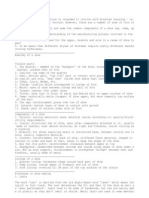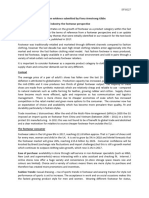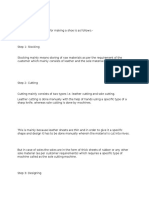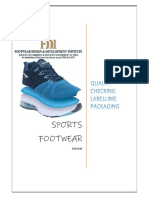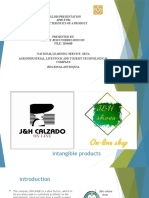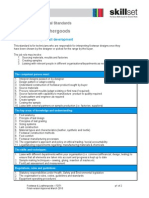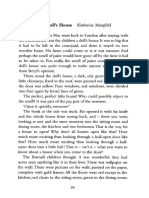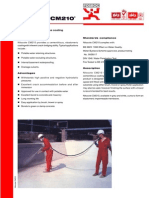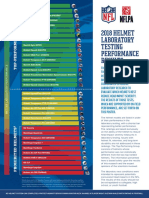Design and Development
Concept Design
Footwear Design: Designers create initial sketches and concepts based on fashion trends,
functionality, and customer preferences.
Prototyping: A prototype or sample shoe is created to test design ideas, materials, and
fit. This phase may involve 3D modeling and digital design tools.
Material Selection
Types of Materials: Common materials include leather, synthetic fabrics, rubber, foam,
and textiles. Each material affects the shoe's appearance, durability, and comfort.
Testing Materials: Materials are tested for qualities such as flexibility, breathability, and
durability.
2. Pattern Making and Cutting
Pattern Making
Creation of Patterns: Patterns are templates for the shoe’s different components (e.g.,
upper, sole, lining). They are typically made from cardboard or plastic.
Digital Patterns: Modern manufacturers use CAD (Computer-Aided Design) systems to
create and adjust patterns.
Cutting
Manual Cutting: In traditional methods, patterns are placed on material sheets, and
pieces are cut out by hand.
Automated Cutting: Large-scale production often uses cutting machines or lasers for
precision and efficiency.
3. Assembling the Shoe
Upper Construction
Sewing: The upper part of the shoe (the part that covers the foot) is stitched together.
This includes attaching various components such as eyelets, tongues, and collars.
Lasting: The upper is shaped and fitted onto a mold called a last, which gives the shoe its
form.
Attaching the Sole
Insole and Midsole: The insole (the part inside the shoe that provides cushioning) and
the midsole (which offers additional support and comfort) are added.
� Outsole Attachment: The outsole (the part of the shoe that contacts the ground) is
attached. This can be done through various methods:
o Cementing: Using adhesives to bond the outsole to the upper.
o Stitching: Sewing the outsole to the upper, which is common in high-quality
shoes.
o Molding: For synthetic shoes, the outsole and upper are often molded together.
4. Finishing
Quality Control
Inspection: Each shoe is inspected for defects, such as stitching errors or uneven soles.
Testing: Shoes may be tested for comfort, durability, and performance under different
conditions.
Final Touches
Trimming: Excess material is trimmed, and the shoe is cleaned to remove any marks
from the manufacturing process.
Polishing: Some shoes, especially leather ones, are polished to enhance their appearance.
5. Packaging and Distribution
Packaging
Boxing: Shoes are packed into boxes, often with branded packaging materials and
informational inserts.
Labeling: Boxes are labeled with size, style, and other relevant information.
Distribution
Logistics: Shoes are shipped to retailers or directly to customers. This involves managing
supply chains, warehousing, and transportation.
6. Innovations and Trends
Sustainability
Eco-Friendly Materials: Many manufacturers are exploring sustainable materials like
recycled plastics, organic cotton, and vegetable-tanned leather.
Manufacturing Processes: Techniques like 3D printing and automated production are
being used to reduce waste and improve efficiency.
Customization
� Personalization: Some brands offer customization options where customers can choose
colors, materials, or even add personalized messages to their shoes.
3D Scanning: Advanced technologies allow for custom-fit shoes based on 3D scans of
customers' feet.











